Ecology 🐬🦋🦭
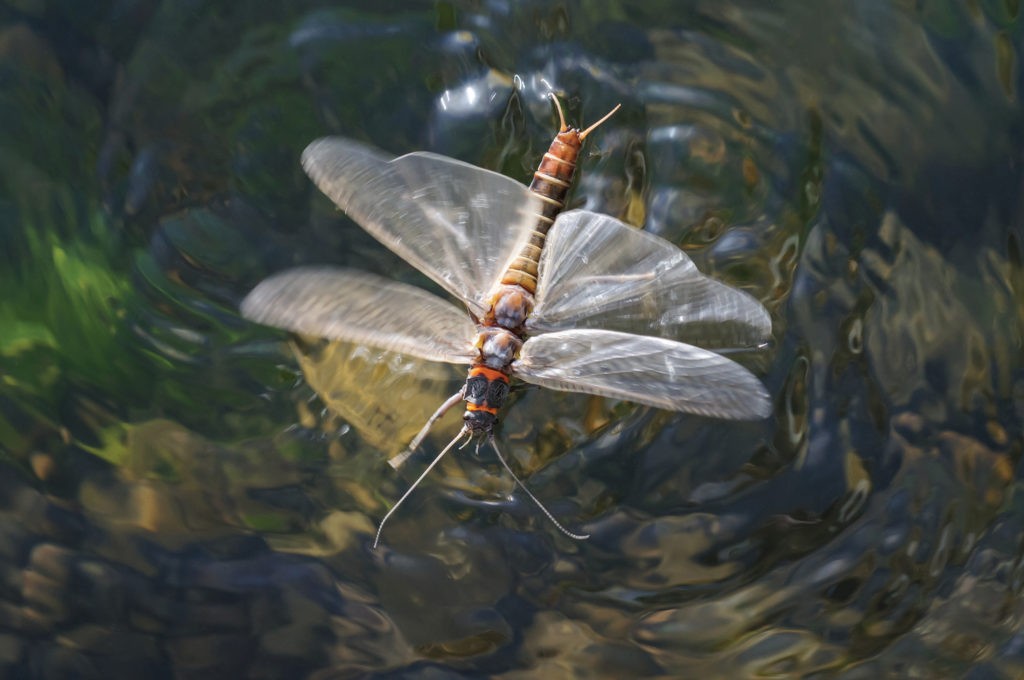
“Everything that we do, from the water we drink, air we breathe and food we eat is all dependent on the natural world. The processes that keep our reservoirs clean and the food in the fields growing are all underpinned by the wildlife - or biodiversity - that surrounds it, and without any of these, other species simply would not be able to survive.
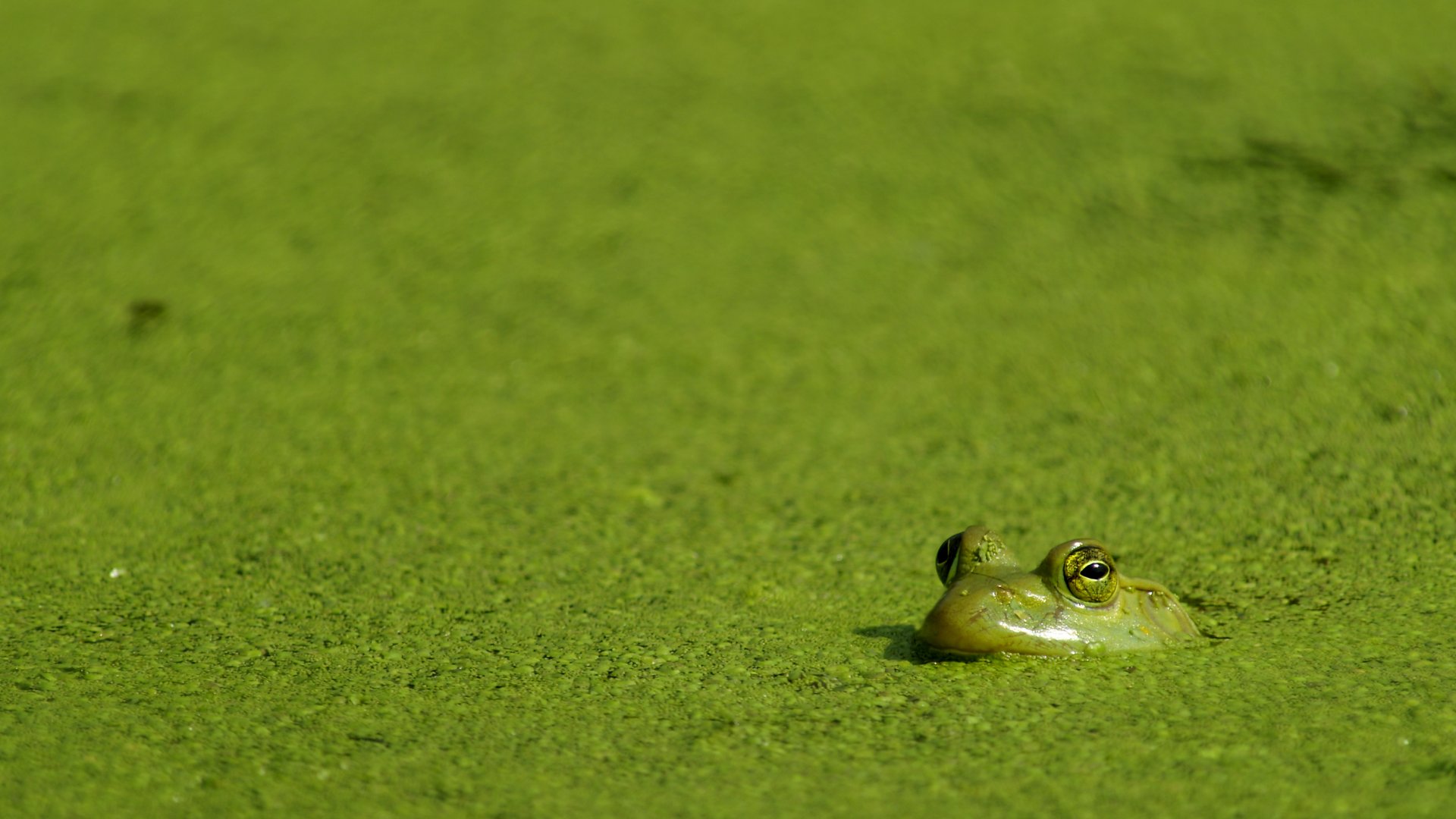
“It is not, however, the mere presence of these species that matters most but their relationships with each other and how they interact to create a complex network of life. As individual species are then pulled from this web, the ecosystem in which they live eventually collapses.” - Natural History Museum report
This is a look at some particular aquatic species, protection of which drives our campaign. [EDIT]River-water crowfoot (Ranunculus fluitans)
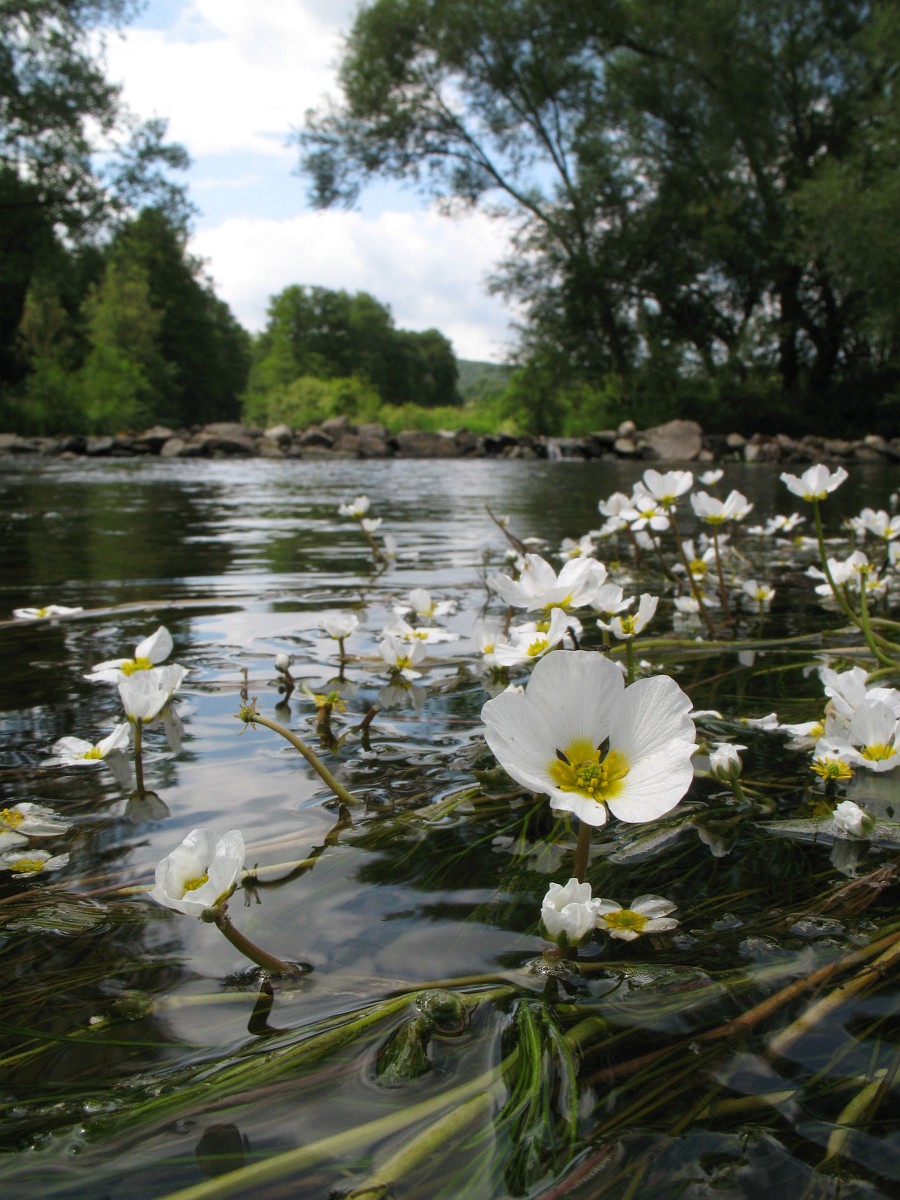
There are several common species of ranunculus found in the rivers and lakes of Britain and Ireland . Above the surface, the leaves of Ranunculus fluitans are very similar to those of other members of the buttercup family, while the submerged leaves are finely divided: characteristic of a truly amphibious plant. The flowers are at their best from mid-May until the end of June.
Slow to moderate paced lowland river reaches of shallow depth, especially where the river bed contains limestone, are places where this lovely water plant is most plentiful. In the wild, Ranunculus fluitans is an important food source for many species of fish and waterfowl. The plant's leaves and stems are eaten by ducks, geese, and other birds, and its seeds provide a source of food for fish and insects. It is also an important part of the aquatic food chain, as it provides essential in-stream habitat for freshwater shrimps, snails, insect larvae and nymphs.
Caddisflies (or sedges - trichoptera)
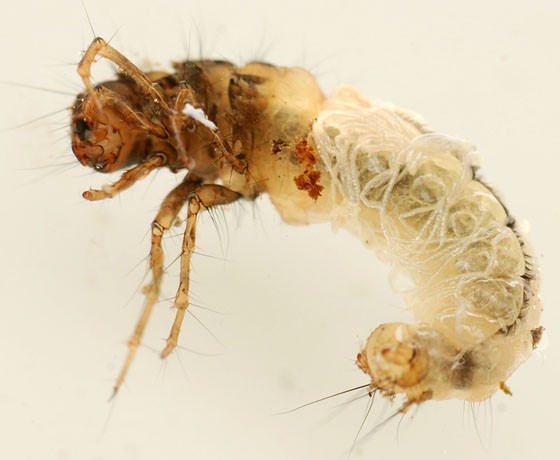
Insects in the order Trichoptera are commonly known as caddisflies or sedges. There are 199 species of caddisfly in the UK. Caddisfly larvae live underwater, where they make cases by spinning together stones, sand, leaves and twigs with a silk they secrete from glands around the mouth. Most larvae live in these shelters, which can either be fixed or transportable, though a few species are free-swimming and only construct shelters when they’re ready to pupate.
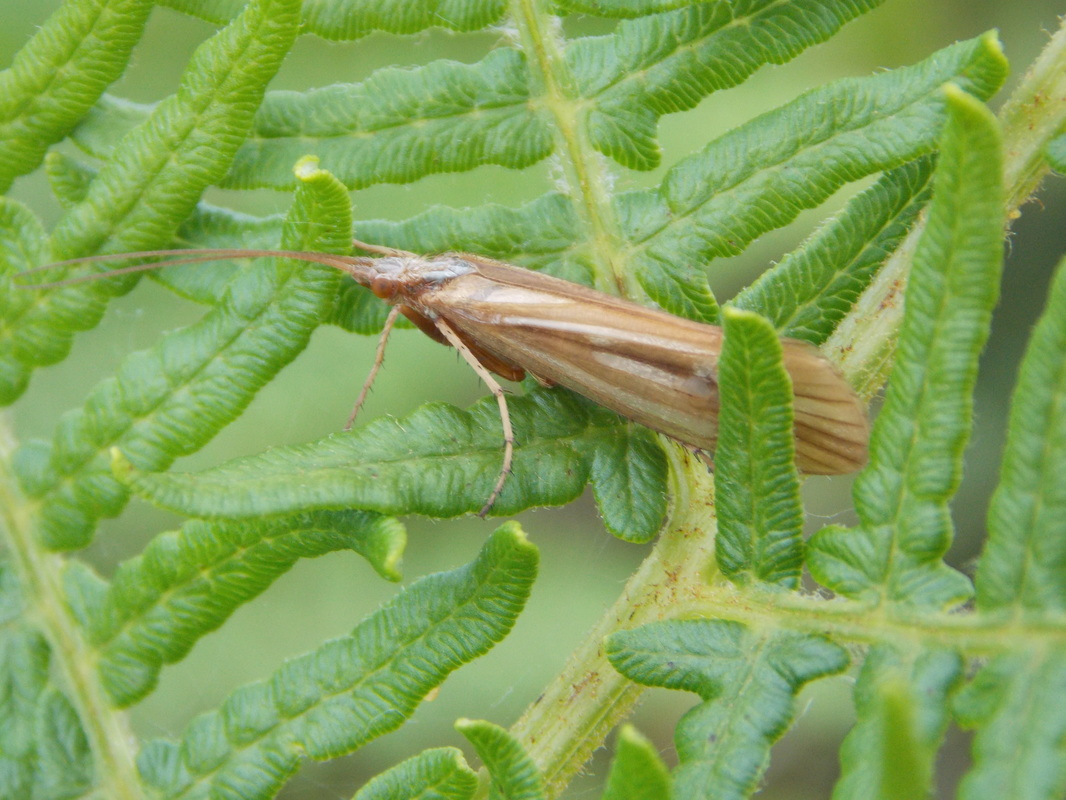
Adult caddisflies are moth-like insects which generally fly at night. They hold their wings above their body in a roof-shape when at rest.
Adults are often attracted to moth traps, or can be found during the day on vegetation near to the water's edge, or flying in swarms over the water. Caddisflies are an important food source for all kinds of predators, including Atlantic Salmon and Brown Trout, and birds such as the Dipper.
Common Barbel (Barbus barbus)
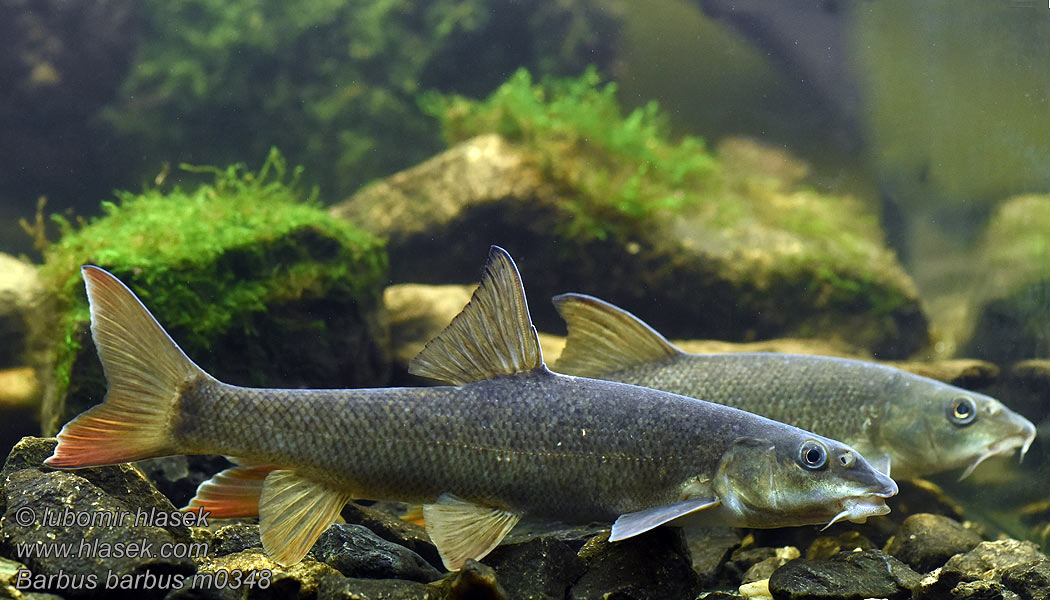
One of England’s native fish species, believed to have been present in at least some English rivers for more than 10,000 years. They are thought to be native to eastern English rivers between Yorkshire and the Thames but have been widely stocked in many other rivers, such as the Severn and Wye, and in parts of Scotland.
Barbel are cyprinids and there are several species from the genus Barbus that all share similar anatomical features. These include adaptations to living in faster flowing water, such as a streamlined body with large, almost mini-wing like, pectoral fins and powerful tails. Barbel species also have downward-facing mouths and two pairs (four in total) of barbules (sometimes referred to as barbels or whiskers) on their upper lips, which hint at their preferred benthic feeding habits.
Their underslung mouths make them especially well adapted for feeding on benthic organisms, including crustaceans, insect larvae and molluscs, which they root out from the gravel and stones of the riverbed. Barbel diets change as the fish develop from fry to juveniles and then to adults. Diatoms that cover rocks and the larvae of non-biting midges (Chironomidae) are particularly important foods for young fish. Barbel also like to seek refuge and forage amongst aquatic plants (especially Ranunculus) or underneath overhanging trees or submerged tree roots and branches.
Barbel can live for 20 years and mature relatively slowly, with males taking 3–4 years and females up to 8 years to become sexually mature. This leaves them susceptible to a range of pressures over a prolonged period, which can affect their ability to reproduce successfully and thrive in rivers. Some of the issues facing barbel include poor water quality and predation, at all life stages, from a range of predators, including human poaching, piscivorous birds (e.g., herons, goosanders and cormorants), piscivorous fishes (e.g., pike and perch) and piscivorous mammals such as mink and otters. They also suffer with destruction and modification of habitats, which can create bottlenecks for different life stages – barbel require different habitats throughout their life cycles and the juxtaposition of these is important for maintaining viable populations.
Common frog or grass frog (Rana temporaria)
The Common Frog is easily our most recognisable amphibian. They’re found throughout Britain and Ireland, in almost any habitat where suitable breeding ponds are near by. Common Frogs have smooth skin and long legs for jumping away quickly. Garden ponds are extremely important for common frogs, particularly in urban areas.
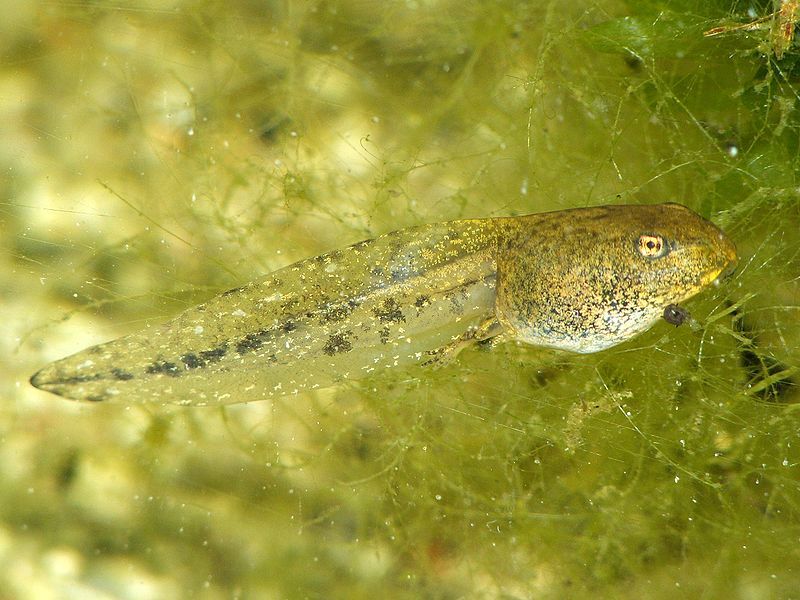
They breed in shallow water bodies such as puddles, ponds, lakes, and canals. They deposit ‘rafts’ of spawn, often containing up to 2000 eggs. Each small black egg is surrounded by a clear jelly capsule around 1 cm across. Common Frog tadpoles are black when they hatch but develop light bronze speckles as they mature.
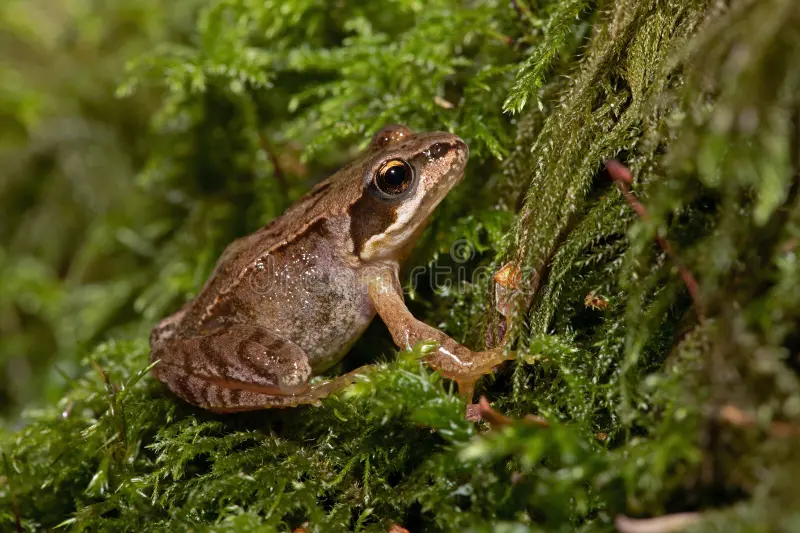
Adults males grow up to 9 cm in length and females up to 13 cm in length. They are usually a shade of olive-green or brown (although can be yellow, pink, red, lime-green, cream or black). They have dark patches on the back, stripes on the hind legs, and a dark ‘mask’ behind the eye. Oval, horizontal pupil. Call: soft repetitive croak.
The Common Frog is native to the UK. They are found throughout Britain and Ireland. They are also widespread across Europe but numbers thought to be declining.
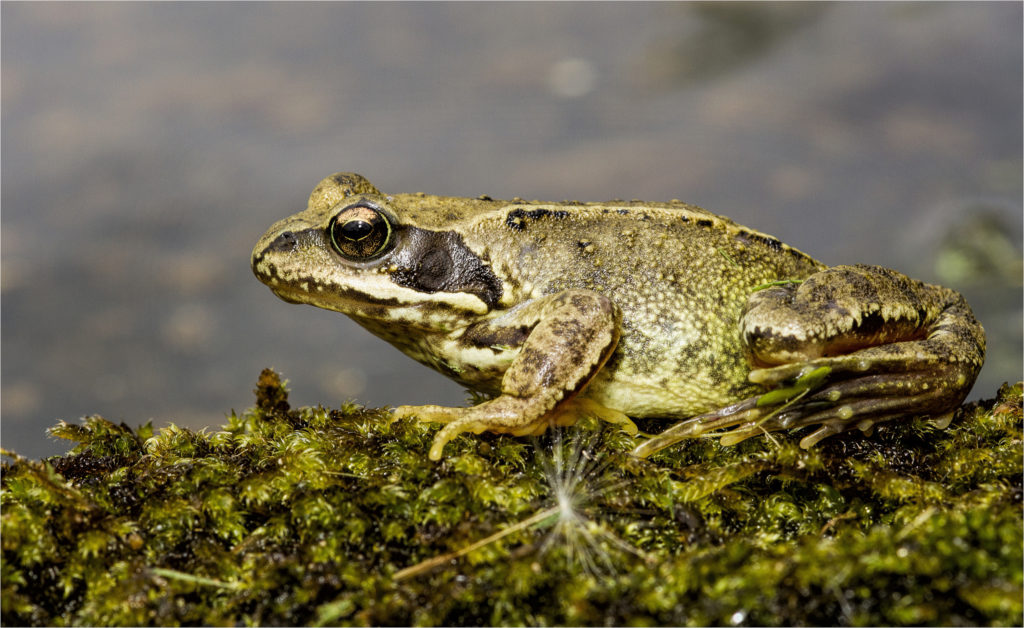
They tend to be most active at night when they feed on a wide variety of invertebrates. During winter they hibernate under rocks, in compost heaps, or underwater, buried in mud and vegetation.
Commom frogs are threatened by degradation of habitats (the loss of ponds, even garden ponds, as well as lakes) [threats to many food sources from declining water quality] and the introduction of disease.
